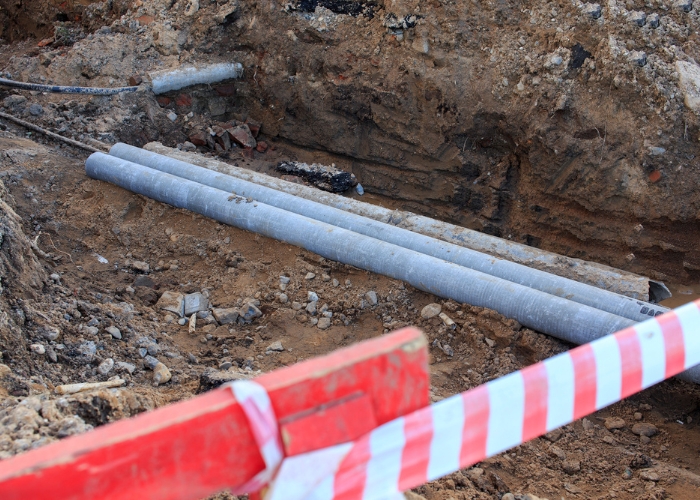Outside plant refers to any physical wire, supporting equipment, and associated gear placed between
where we want to establish the OSP network and where we want to put it. (For example, poles, cables,
routers, and duct) OSP stands for outside plant in telecommunications or telecom. In layman's words, OSP
refers to all equipment, wires, and infrastructure on a building's outside. External cabling systems can
provide a variety of communication services. Outside wiring refers to any wire for telecommunications
networks that is located outside of the structure that houses the inside wiring. Fiber optic cable,
telephone and data transfer, live video, security, building automation, and other low voltage equipment
are all included.
These are specific procedures that result in the installation and operation of an optical fibre network.
The planning of the OSP network must come before not only the installation, but also to estimate the
cost of the project and, for the contractor, bid on the work. OSP Network Planning has an impact on the
plant's technical as well as commercial elements. OSP network planning ensures that appropriate
connection structures are available at distances ranging from a few hundred metres to hundreds or
thousands of kilometres. Data transfer speeds for telecommunications networks are typically 2.5 to 10
gigabits per second when employing very high power lasers that operate entirely on single-mode fibres.
There are mainly 2 OSP network methods: underground and aerial. Aksentt is an expert in both
techniques.
The wires in the aerial system are tensioned along the poles rather than being installed underground.
Due of expense, certain regions choose the aerial technique for planning and design.
Underground cables are being used to replace overhead wires that deliver telecommunications.
Undergrounding is more costly than aerial. Underground cables are far more durable than above wires.
Overhead cables require a lot of room to erect poles, but subterranean cables have a relatively narrow
ground band. Underground networks needed more maintenance than overhead networks. It is a clean and safe
procedure with a cable that is protected from extraneous disturbances.





